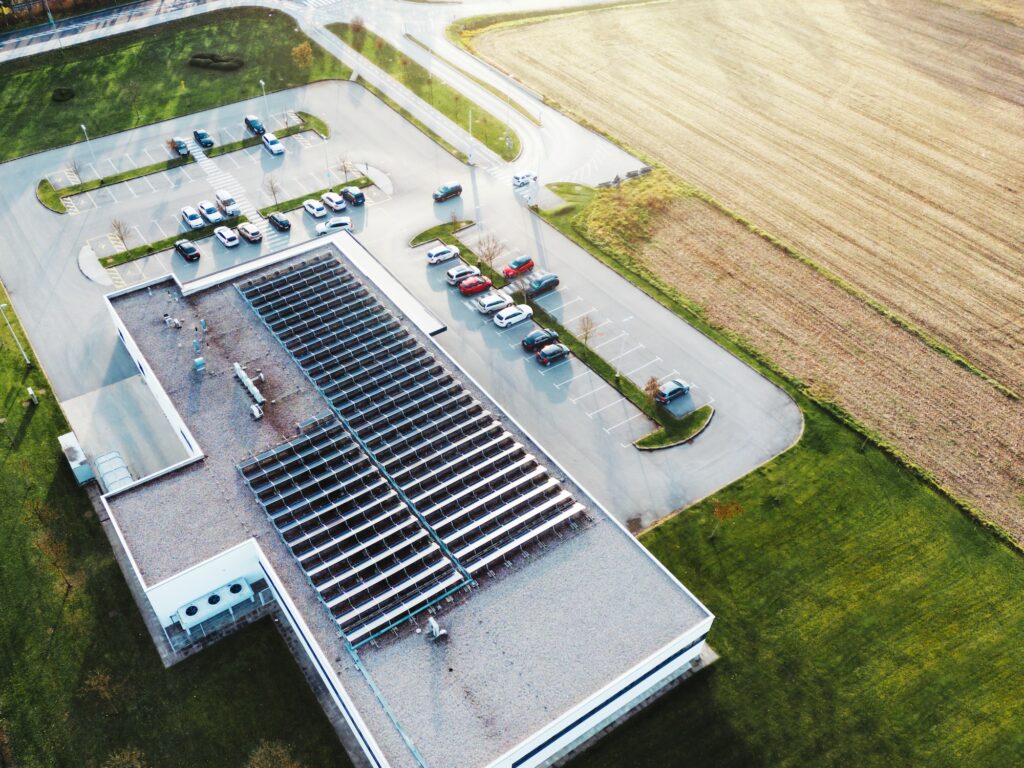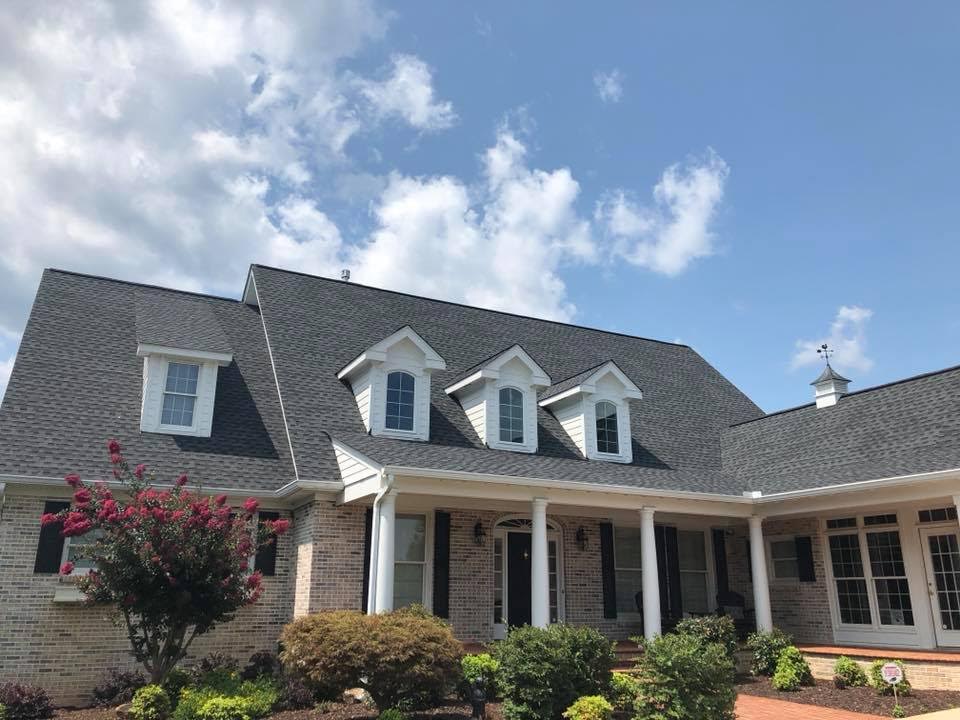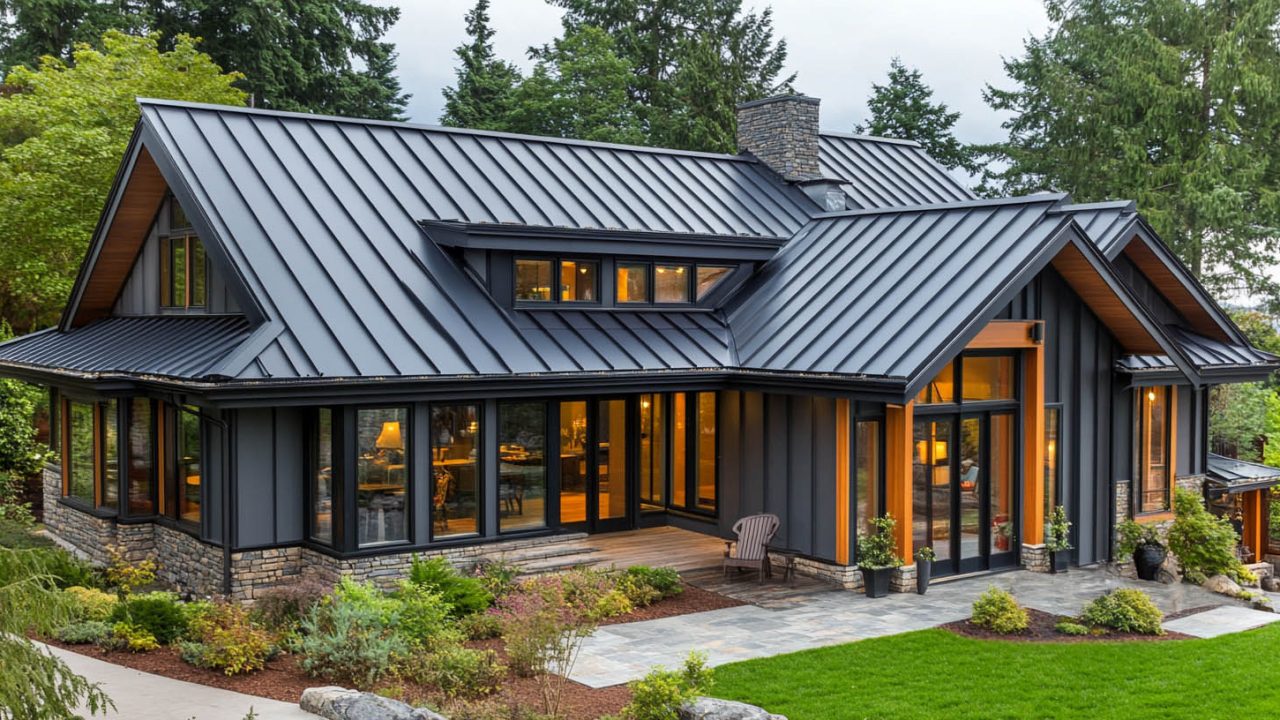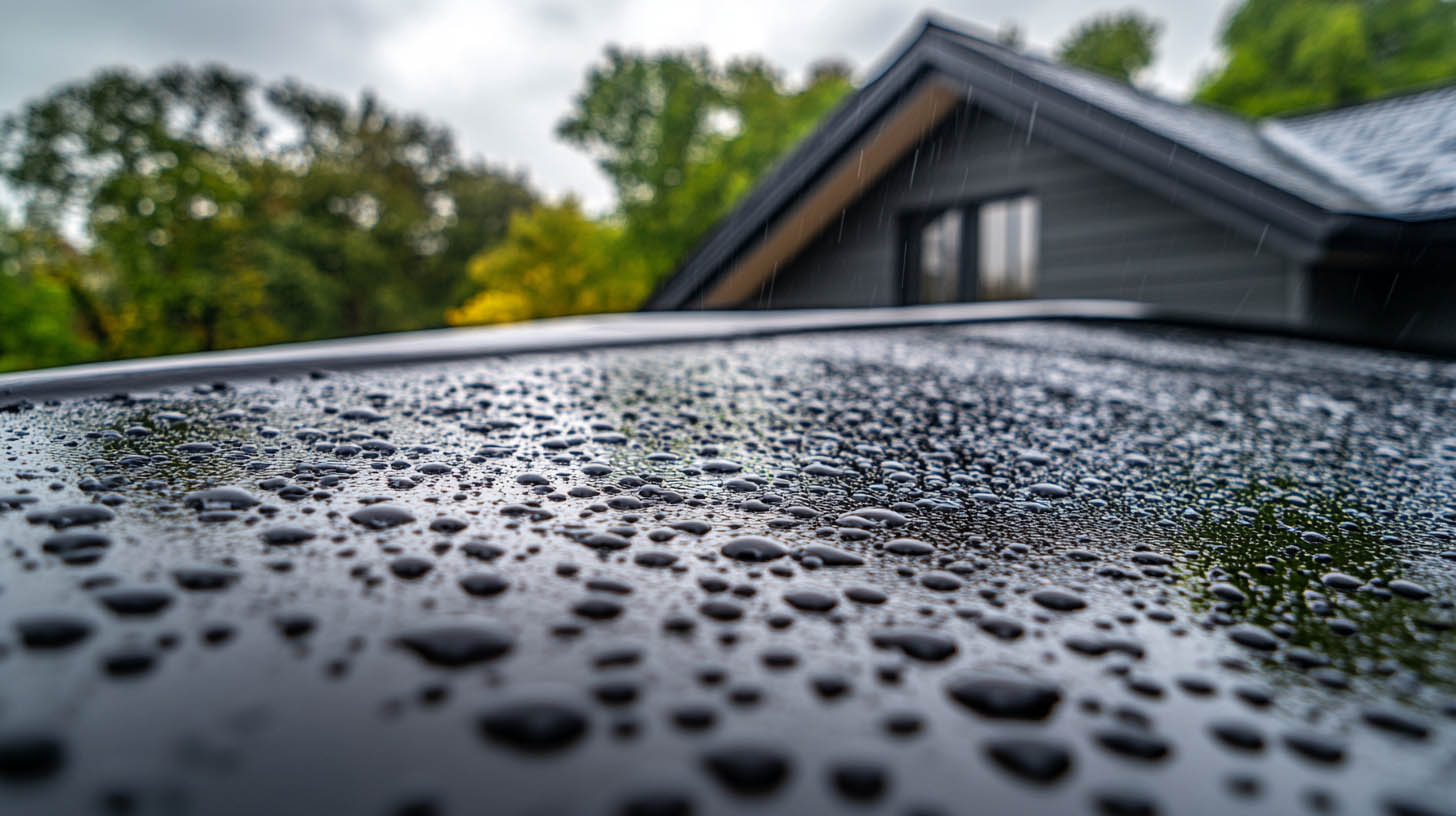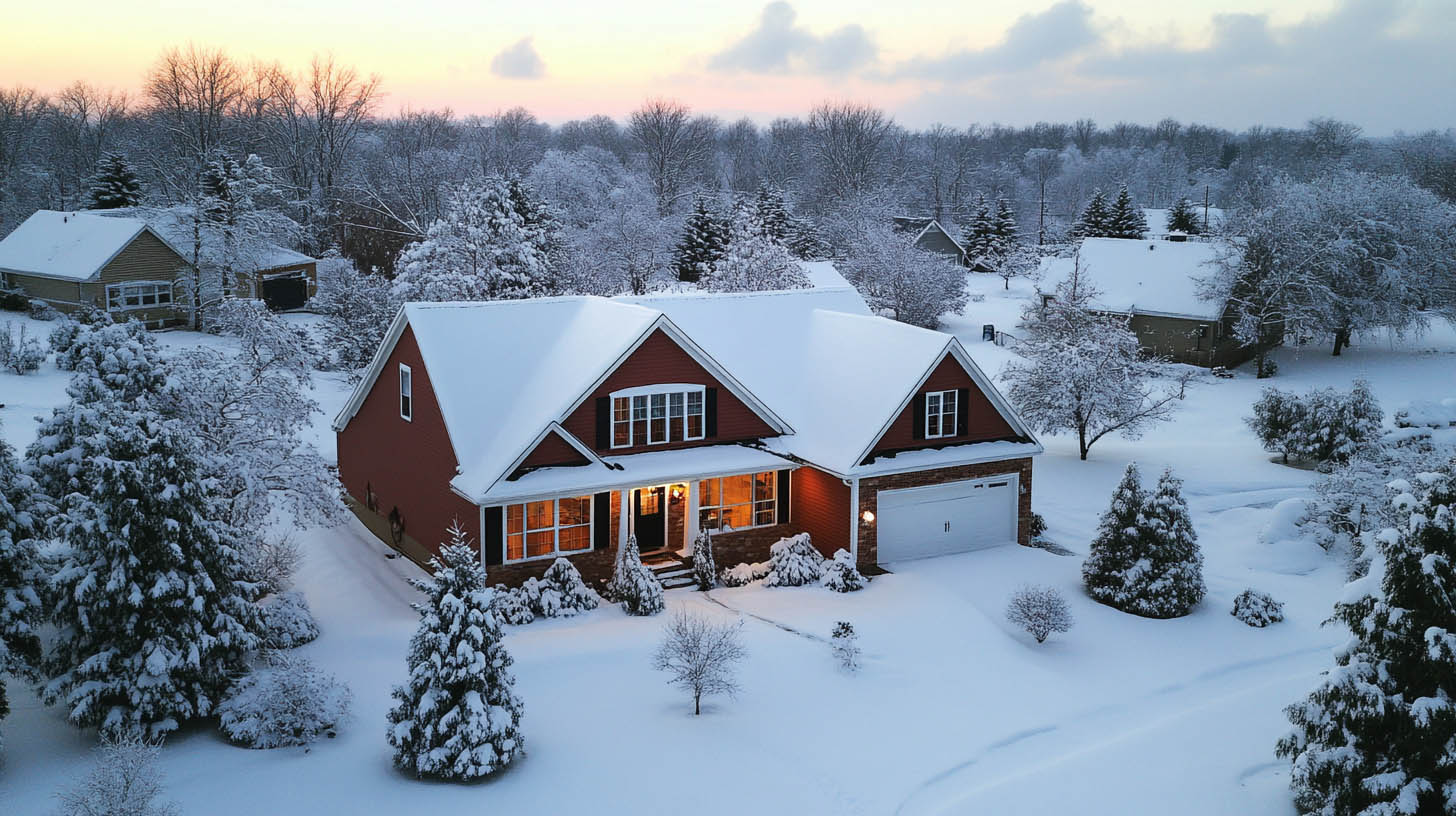Metal roofing has a rich history and remains a popular choice for commercial and residential buildings. At United Contracting & Roofing LLC, we are dedicated to providing detailed insights and quality installation services for metal roofing systems. This article delves into the history, application, costs, benefits, and potential issues associated with metal roofs.
What is a Metal Roof?
Modern metal roofs typically consist of overlapping sheets or shingles of corrugated galvanized steel, but can also be made from stainless steel, aluminum, tin, and other metals. There are two primary methods for installing metal roofing systems:
- Exposed Fastener System: Screws are visible and used to attach the roof to the structure.
- Concealed Fastener System (Standing Seam): Fasteners are hidden, enhancing durability and aesthetics.
The History of Metal Roofing
Ancient to Medieval Times
Metal roofing dates back to the ancient Romans, with the Pantheon’s bronze roof being a notable example. The Dome of the Rock in Jerusalem, completed in 1023, features a significant early application of metal roofing.
Early Modern Period
Copper became a preferred roofing material in Europe, with early examples including a cathedral in Hildesheim, Germany (1230) and Kronborg Castle in Denmark (1585). The popularity of copper roofs spread to the American colonies, with Paul Revere establishing the first copper rolling mill in the U.S. in 1801.
Industrial Age to Present
The most significant advancement in metal roofing was the mass production of sheet metal in the late 1700s, perfected by Swiss engineer Jean Pierre Droz. This innovation enabled widespread use of metal in construction, which continues today.
Metal Roofing Application
Exposed Fastener System
This method leaves screws exposed, which can lead to leaks and rust due to the expansion and contraction of metal with temperature changes. While it is cost-effective, it is less durable than other methods and prone to performance issues.
Concealed Fastener System (Standing Seam)
This system uses interlocking seams to hide fasteners, protecting them from weather damage and reducing the risk of leaks. While more durable and aesthetically pleasing, improper installation can lead to issues like oil canning (visible waviness in metal panels).
Benefits of Metal Roofing
- Longevity: Metal roofs typically have a lifespan of 40 to 70 years, depending on the specific type of metal used.
- Durability: They can withstand extreme weather conditions, including heavy rain, snow, and high winds.
- Energy Efficiency: Reflective metal roofs reduce cooling costs by reflecting solar heat.
- Low Maintenance: Metal roofs require minimal maintenance compared to other roofing materials.
- Environmental Impact: Metal roofs are often made from recycled materials and can be recycled at the end of their life.
Potential Issues with Metal Roofing
- Cost: Initial installation costs can be higher compared to other roofing materials.
- Noise: Metal roofs can be noisier during rain or hail storms, though insulation can mitigate this issue.
- Expansion and Contraction: Metal expands and contracts with temperature changes, which can affect fasteners and seams over time.
- Oil Canning: Improper installation can lead to visible waviness in metal panels.
Conclusion
Metal roofing offers numerous benefits, including longevity, durability, and energy efficiency. At United Contracting & Roofing LLC, we provide expert installation and maintenance services to ensure your metal roof performs optimally. Whether you need a new roof or maintenance on an existing one, our experienced team is here to help.If you want to know more about Steps to Create an Effective Roof Asset Management Plan, click here.

